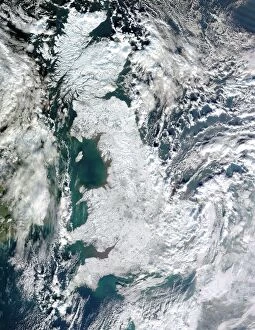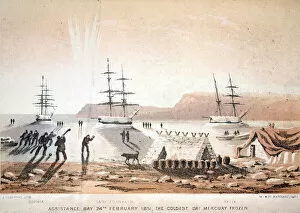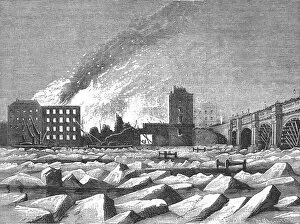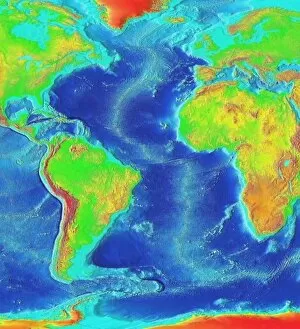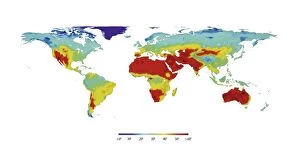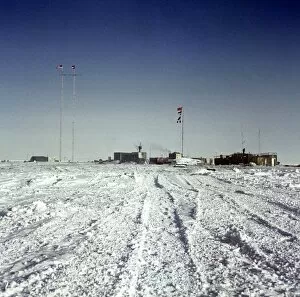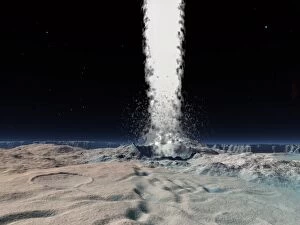Coldest Collection
"Embracing the Chill
For sale as Licensed Images
Choose your image, Select your licence and Download the media
"Embracing the Chill: Exploring the Coldest Corners of our World" Step into a frozen wonderland as we journey through history and geography to uncover some of the coldest places on Earth. In January 2010, the United Kingdom transformed into a snow-covered paradise, blanketed in a pristine white coat that turned landscapes into ethereal scenes straight out of a fairytale. The beauty was undeniable, but it also served as a reminder of nature's icy grip. Traveling back in time to February 24th, 1851, we find ourselves at Assistance Bay where an extraordinary event occurred - The Coldest Day. On this fateful day, temperatures plummeted so drastically that even mercury froze solidifying this momentous occasion forever in history. Fast forward to Paris in 1709 when food shortages plagued the city due to an extreme cold wave. This catastrophe serves as a stark reminder of how unforgiving winter can be and its impact on human survival. Closer to home, frost delicately adorned the surface of London's iconic Thames River creating breathtaking scenery for all who witnessed it. A testament to both nature's artistry and its chilling power. Venturing beyond our planet's borders, satellite thermographic images reveal Arctic regions within the Atlantic Ocean as some of Earth's coldest areas. These snapshots from space remind us just how vast and awe-inspiring our world truly is. Heading southward towards Antarctica brings us face-to-face with Russian research stations nestled amidst ice-capped landscapes. These outposts serve as vital hubs for scientific exploration while enduring bone-chilling temperatures year-round. As global temperatures continue their fluctuation dance, artists capture these changes through thought-provoking artwork depicting melting glaciers and rising sea levels – reminding us all about climate change’s impact on our fragile planet. Returning once again to Triton - Neptune's largest moon - we marvel at ice volcanoes erupting on its surface, as depicted in stunning artwork.

